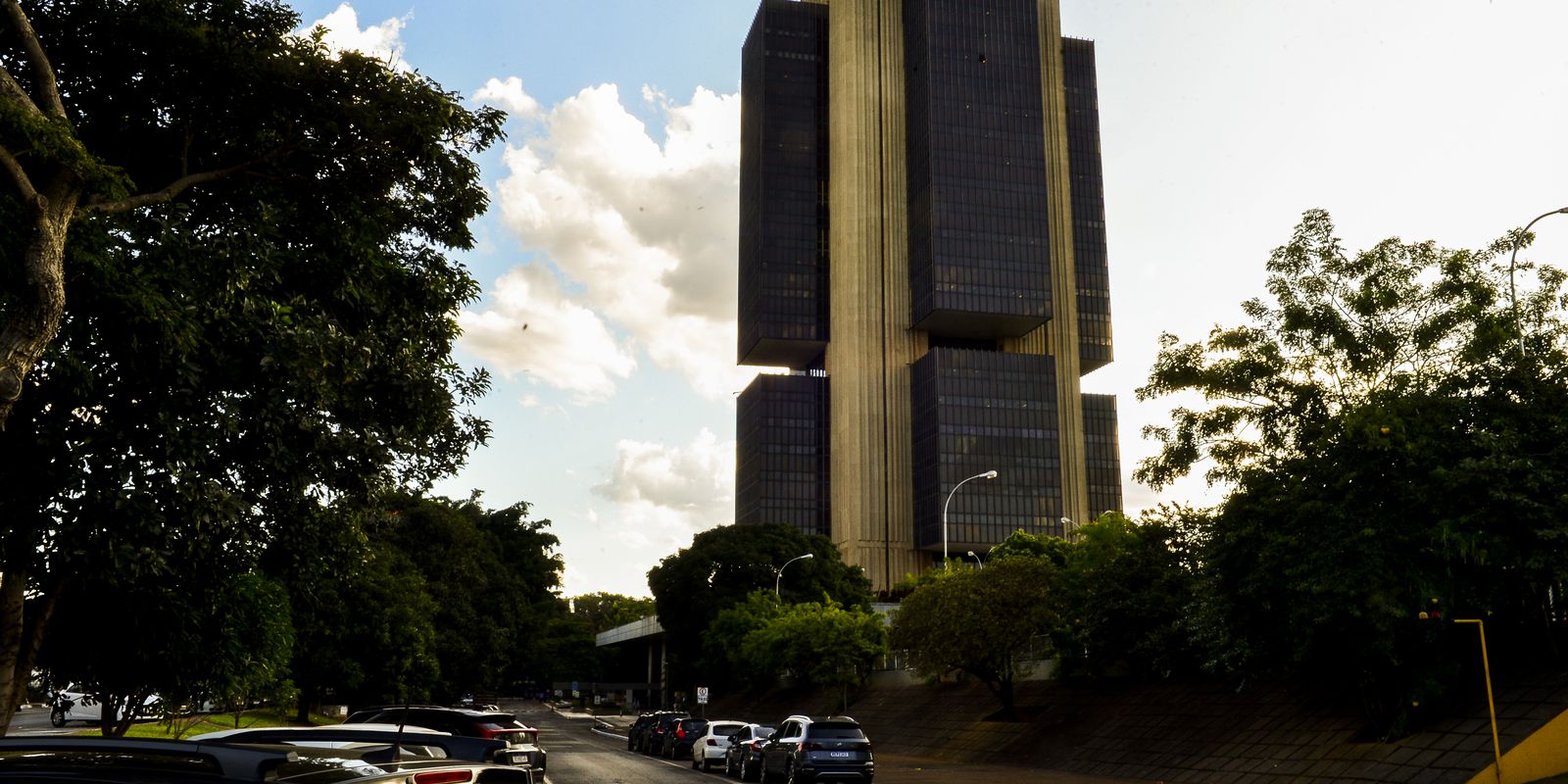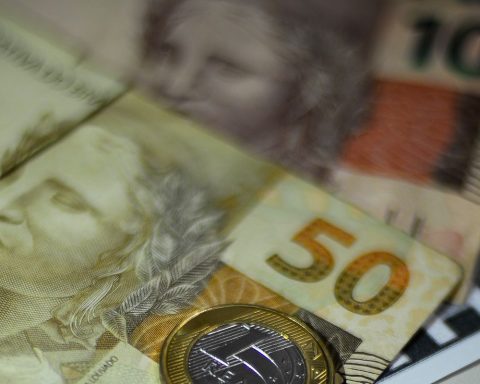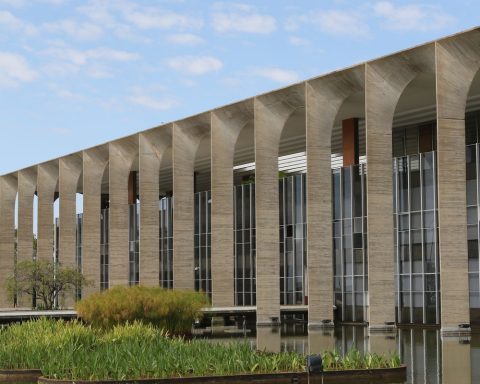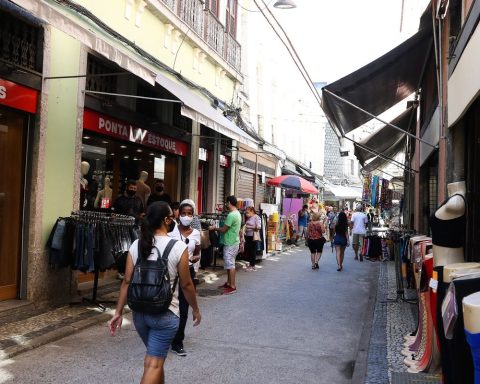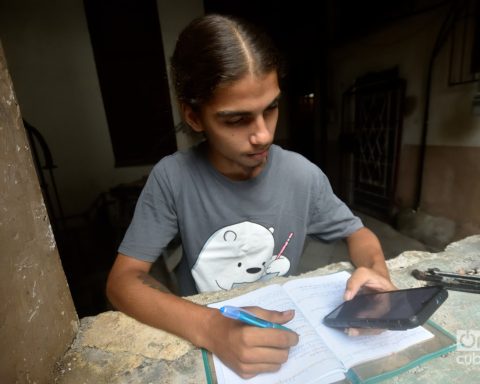The average interest rate on non-earmarked credit increased by 10 percentage points in the last 12 months and reached 42.4% per annum in October. In the month, the increase was 1.7 percentage points, according to Monetary and Credit Statistics released today (28) by the Central Bank (BC).
In new hires for companies, the average cost of credit reached 23.5% per year, up 0.5 percentage points in the month and 4.6 percentage points in 12 months. In contracts with families, the average cost of credit reached 56.6% per year, an increase of 2.6 percentage points in the month and 13.4 percentage points in 12 months.
In free credit, banks have the autonomy to lend money raised in the market and define the interest rates charged to customers. Directed credit, which has rules defined by the government, is basically intended for the housing, rural, infrastructure and microcredit sectors.
In the case of earmarked credit, the rate for individuals was 10.8% per annum in October, a positive change of 0.1 percentage points in the month and an increase of 3.1 percentage points in 12 months. For companies, the rate rose 0.4 percentage points in the month and fell 1 percentage point in 12 months, going to 9.8% per year. Thus, the average rate on earmarked credit reached 10.6% per year, up 0.2 percentage points in the month and 2.1 percentage points in 12 months.
The increase in average bank interest rates occurs at a time when the economy’s basic interest rate, the Selic, is at its highest level since January 2017, at 13.75% per year, defined by the Monetary Policy Committee (Copom) . In March of last year, the Central Bank began a cycle of monetary tightening, amid rising food, energy and fuel prices.
The Selic is the main instrument used by the Central Bank to reach the inflation target. In October, the inflation rose 0.59%, after three months of deflation. With the result, the IPCA accumulates an increase of 4.7% in the year and 6.47% in 12 months, according to the Brazilian Institute of Geography and Statistics (IBGE). For November, the Extended Consumer Price Index-15 (IPCA-15), which is the inflation preview, also had an increase of 1.17%??
The entity assesses that the rise in Selic has been passed on to the final rates of different types of credit and does not rule out the possibility of further increases if inflation does not fall as expected. The raising of the basic rate helps to control inflation because it affects prices, since higher interest rates make credit more expensive and stimulate savings, containing heated demand.
Credit card
For individuals, the month’s highlight was credit card, whose rates rose by 5.2 percentage points in the month and 30.4 percentage points in 12 months, reaching 95% per year.
In revolving credit, which is the one taken by the consumer when he pays less than the full amount of the card invoice and lasts 30 days, there was an increase of 8.8 percentage points in October and an increase of 57.3 percentage points in 12 months, going to 399.5% per annum. After 30 days, financial institutions pay the debt in installments. In the case of the installment card, interest fell 1.1 percentage points in the month and rose 11.9 percentage points in 12 months, to 184.5% per annum.
In the overdraft, the increase was 1.8 percentage points in October and 4.3 percentage points in 12 months, going to 132.5% per year. Payroll loans increased by 2.2 percentage points in the month and 7.9 percentage points in 12 months (27.6%). And interest on non-payroll-deductible personal loans rose 1.9 percentage points in October and fell by 0.1 percentage points in 12 months (83.5% per year).
Increase in hiring
Even with the maintenance of high interest rates, in October, the stock of all loans granted by the banks of the National Financial System (SFN) was R$ 5.214 trillion, with an increase of 1% in relation to September. The result reflected the reduction of 0.1% in the balance of credit operations agreed with legal entities (R$ 2.097 trillion) and the increase of 1.8% in that of individuals (R$ 3.117 trillion).
In comparisons with the same periods of the previous year, the increase in the volume of credit decelerated from 16.4% in September to 15.8% in October. By credit segment, the BC noted a cooling off both in the interannual growth of the volume of credit for companies, which changed from 11.5% to 10.4%, and in that destined to families, from 20.1% to 19.7%, in same order.
The credit balance corresponded to 54.9% of the Gross Domestic Product (GDP), which is the sum of all goods and services that the country produces.
Extended credit to the non-financial sector, which is credit available to companies, families and governments regardless of the source (banking, bond market or external debt) reached R$ 14.568 trillion, growing 1.5% in the month and 10.8% in 12 months.
Household indebtedness
According to the BC, default (considering arrears over 90 days) has remained stable for a long time, with small fluctuations, and registered 3% in October. In free credit operations for individuals, it is at 5.9% and for companies at 2%.
Household indebtedness, the ratio between the balance of debts and income accumulated in 12 months, stood at 49.9 in September, a level that reflects the increase in loan concessions. There was stability in the month and an increase of 2.4% in 12 months. With the exclusion of real estate financing, which takes a considerable amount of income, it was 31.7% in September.
Commitment to income, the ratio between the average amount for paying debts and the average income calculated in the period, stood at 28.7% in September, growth of 1% in the month and 3.3% in 12 months, a series record started in January 2005. For the latter data, there is a greater delay in the month of release, as the Central Bank depends on data presented by the Brazilian Institute of Geography and Statistics (IBGE).
